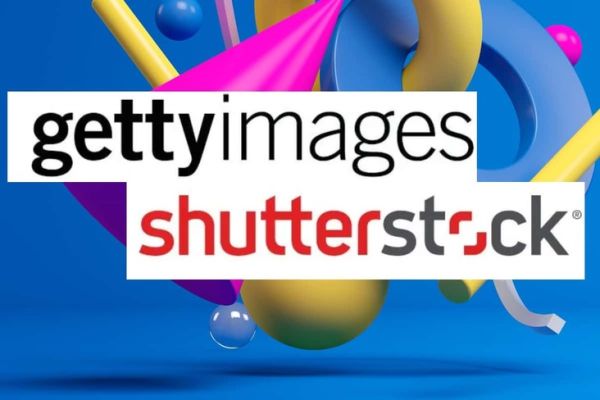The image bank industry is going through a period of transformation, driven by advances in artificial intelligence and new user expectations. Against this backdrop, the merger of Getty Images and Shutterstock, announced for January 2025, marks a decisive turning point for industry players. Here are the main issues raised by this operation.
A merger in response to increased competition
Getty Images and Shutterstock's decision to combine their activities is based on a desire to strengthen their position in a market where competition is intensifying. Generative artificial intelligence solutions such as MidJourney, DALL-E and Adobe Firefly now make it possible to produce personalized images without using traditional image banks.
Through this merger, the two companies hope to pool their resources to better adapt to customer expectations, while optimizing their costs. With combined sales estimated at nearly $2 billion, and projected savings of between $150 and $200 million over the first three years, the new entity aims to maintain its relevance in a rapidly changing industry.
The impact of artificial intelligence on the image bank sector
The rise of generative artificial intelligence has profoundly transformed the way graphic arts and visual production are used. For Getty Images and Shutterstock, it's not just a question of competing with these new technologies, but also of integrating them into their strategy.
By joining forces, the two companies hope to offer AI-assisted creation solutions that meet the needs of professionals while respecting copyright. Image banks also see in this merger the opportunity to negotiate licensing agreements with AI developers to train their models on protected content.
Market consolidation in the face of economic pressure
The merger between Getty Images and Shutterstock illustrates a global trend towards consolidation in the image bank industry. For several years, the growth of free platforms such as Unsplash (owned by Getty) and the increased use of mobile devices have reduced demand for licensed photos.
By centralizing their content libraries, which include millions of images, videos and illustrations, the two companies hope to offer unique added value to their customers. But this concentration is raising concerns among regulatory authorities, particularly in Europe and the United States, who may see it as an attempt at monopoly.
Opportunities for printers and graphic arts professionals
For printers, graphic designers and other graphic arts players, this merger could have far-reaching consequences. A more diversified offering and AI-enhanced creative tools could expand the possibilities for these professionals, while reducing the costs associated with purchasing licensed visual content.
However, excessive market concentration could also limit access to specific content and drive up prices. One of the challenges for users will be to ensure that new offers remain accessible and adapted to their needs.








